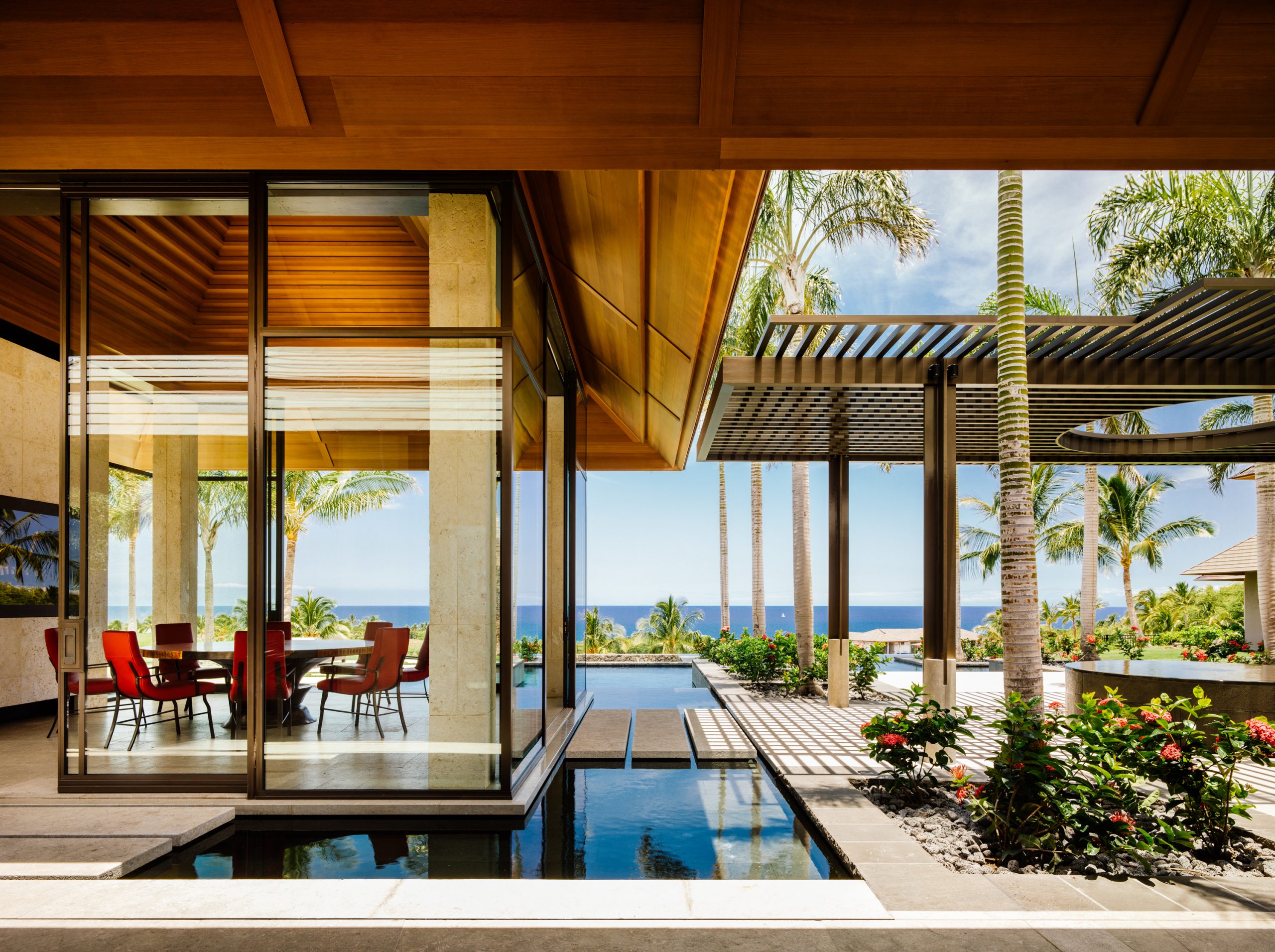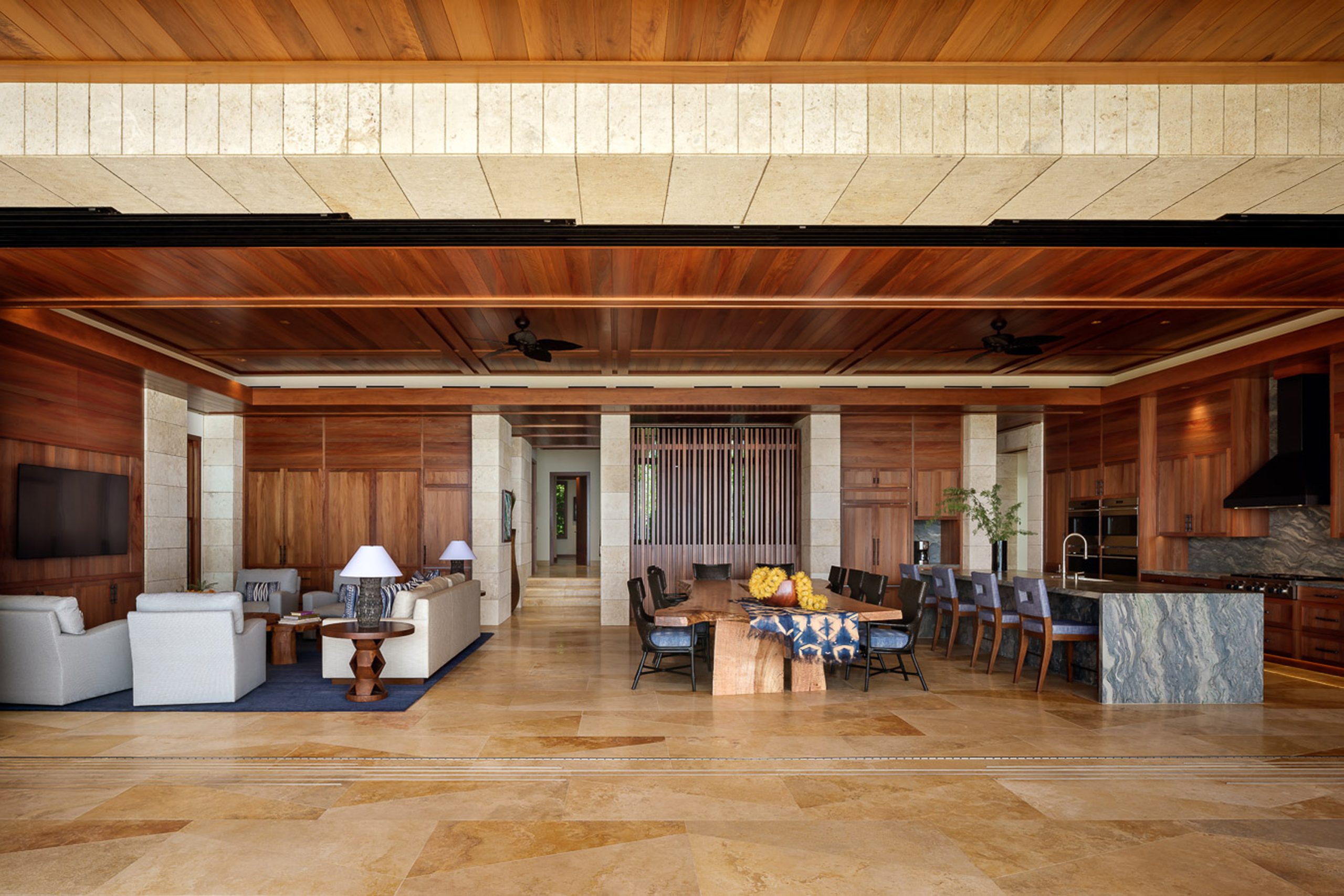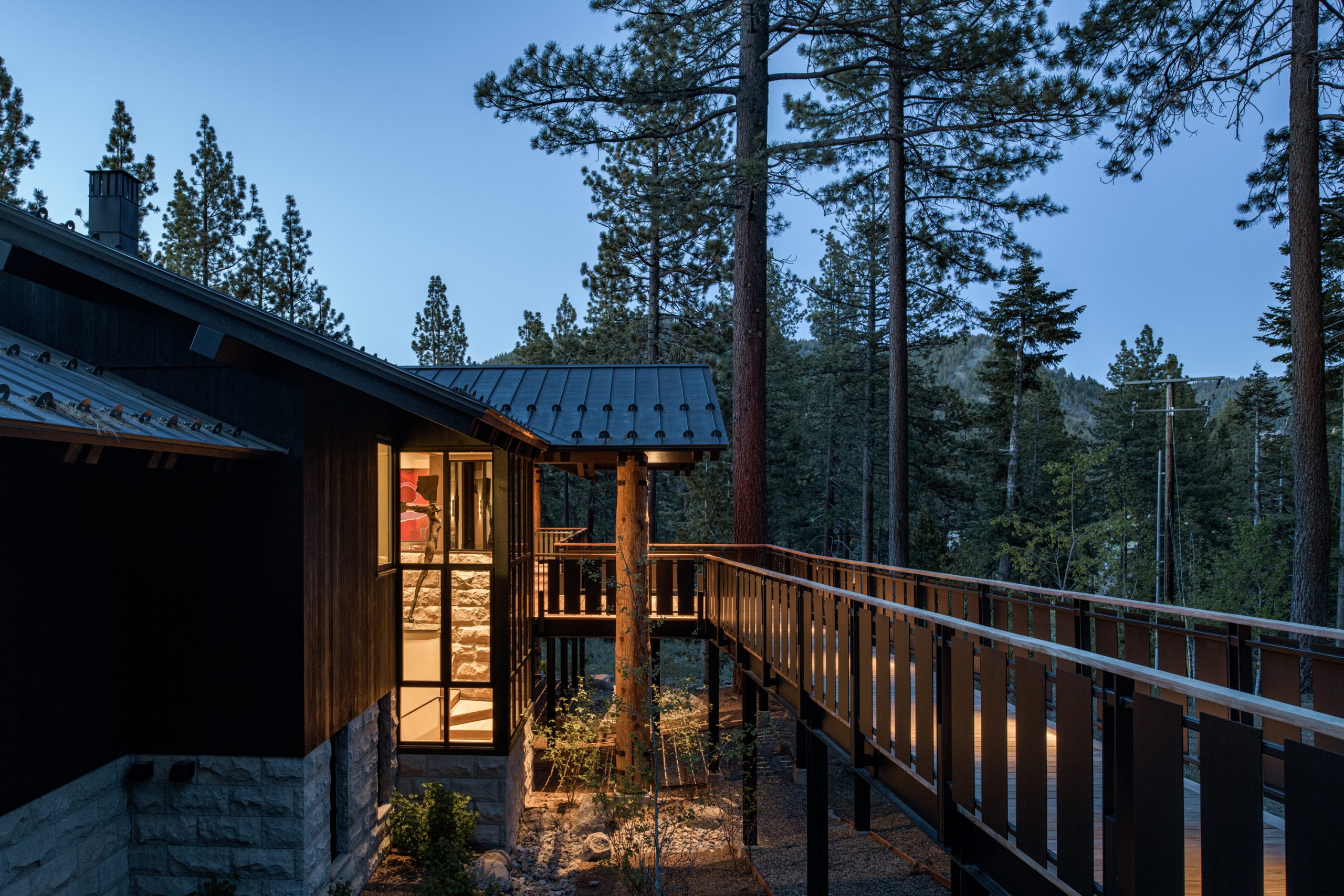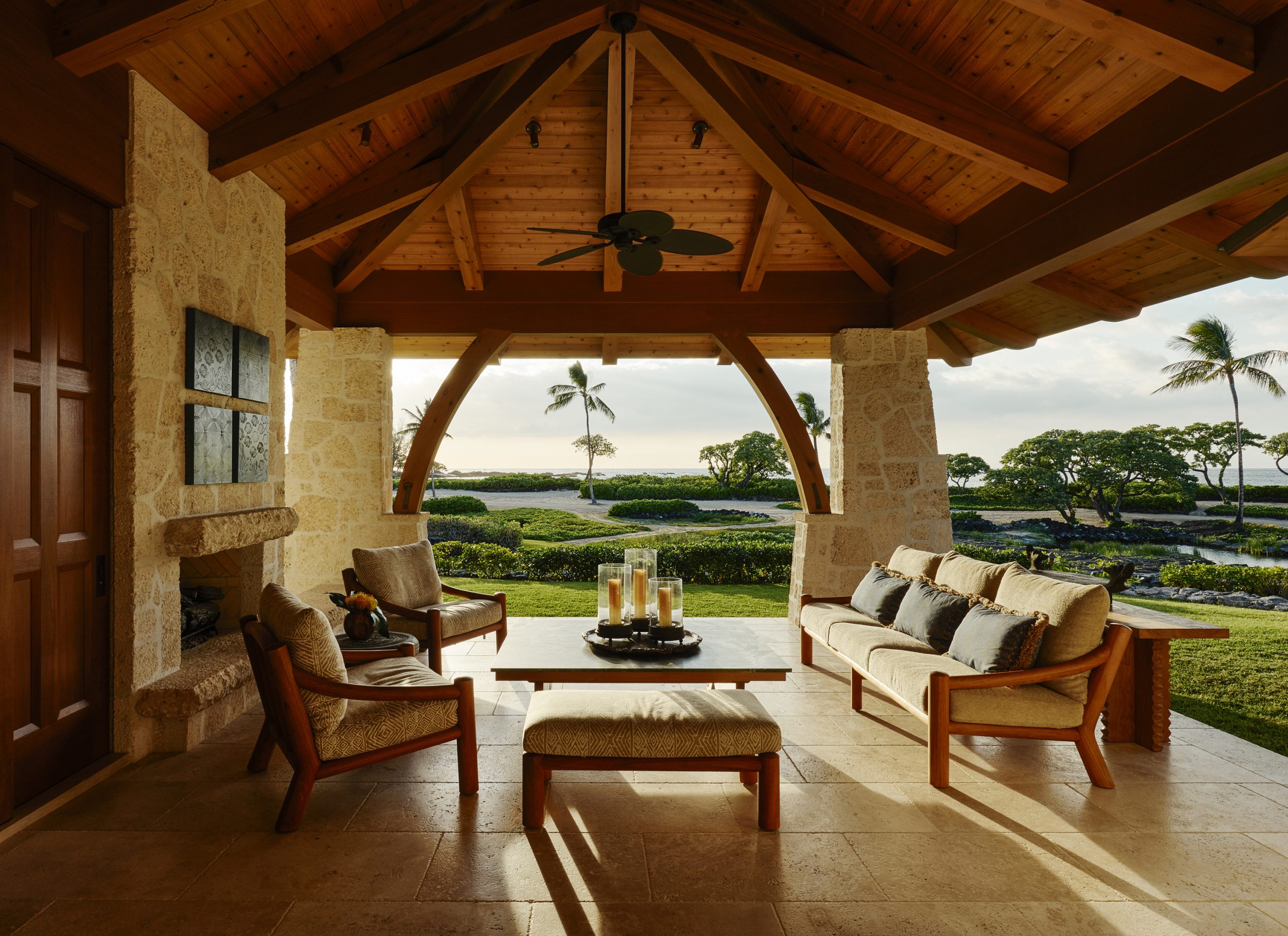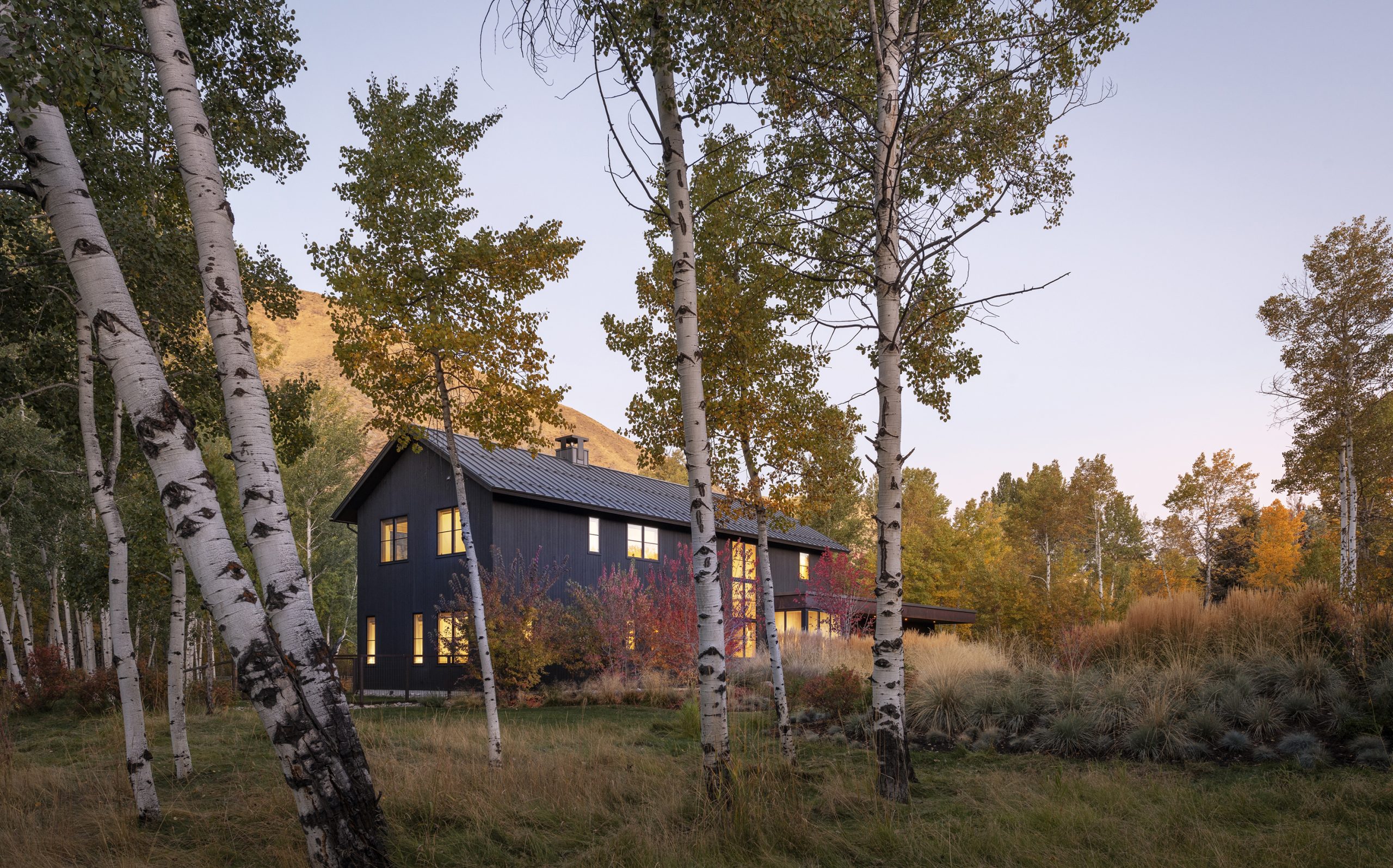Architect Mark de Reus’s second book is a celebration of the home as sanctuary – and a demonstration of his firm’s commitment to a fluency of styles.
“We have a pluralistic approach that’s rooted in the vernacular of a region,” he says. “We always begin with the motive to discover creative the idiosyncrasies and responses to the client and property.”
With offices in Sun Valley and Hawaii, his approach makes total sense, and delivers clients to his door. Over time his firm – it’s now up to a staff of 22 – has honed its sensibilities and methods for an approach they can rely on for any client.
“That’s why they come to us,” he says. “In our portfolio the homes are always different and they appreciate the diversity of our work and our architectural response to each project.”
They design homes with a sense of place of belonging to where it’s located, whether that’s a neighborhood, a ranch or the mountains of Bali or Costa Rica. It’s a matter, he says, of not imposing on the land, but sitting lightly on it and the fitting into it. “I like the idea of a home that feels like it’s not important or a preconceived notion for either the client or the property,” he says.
Climate matters too, whether tropical or mountainous. With work in Hawaii or Bali, it’s easy to lose the distinction between interior and exterior. But in Sun Valley – with temperatures often below zero – those lines are not so easily blurred.
“Still, for six to eight months, if you’ve got a covering on a porch and a fire element or heater, you can enjoy lounging outside,” he says. “In the mountains it’s all about the building envelope and the environmental conditions like snow and drainage off the roof, so planning is part of the design.”
He calls his new book “Sanctuary,” and applies the definition of that word to specialized homes and resorts. He emphasizes their sacred nature, reaching back eons to caves or homes on a cliff.
“It’s a sanctuary to thrive in or to exist in – it still serves those purposes.” “It’s not as overt as in primitive times when we were trying to protect ourselves from predators, but it is a place to gather our thoughts, relax and rejuvenate.”
de Reus wrote the foreword for his new book, and invited architect and author Joseph Giovannini to write the introduction. Within the two essays is an elegant articulation of how spirit of place contributes to an architect’s thinking about residential design.

